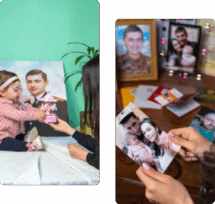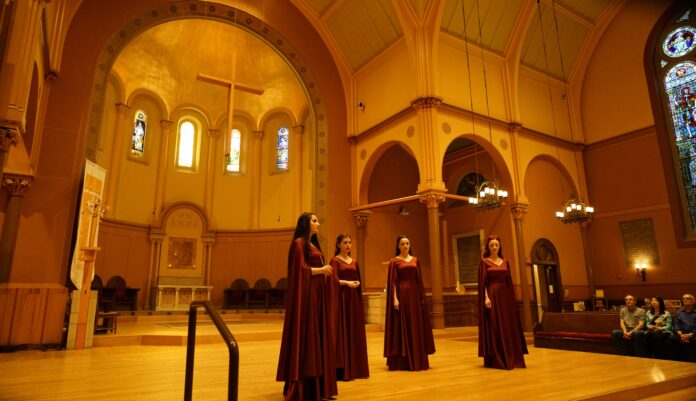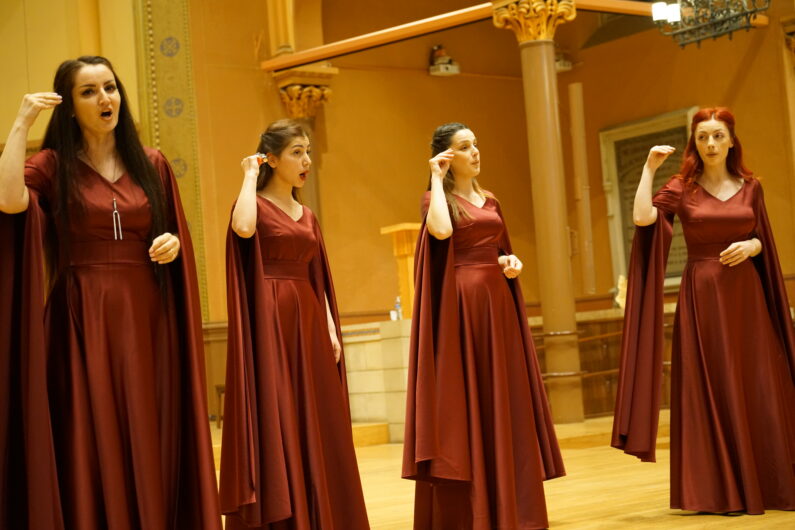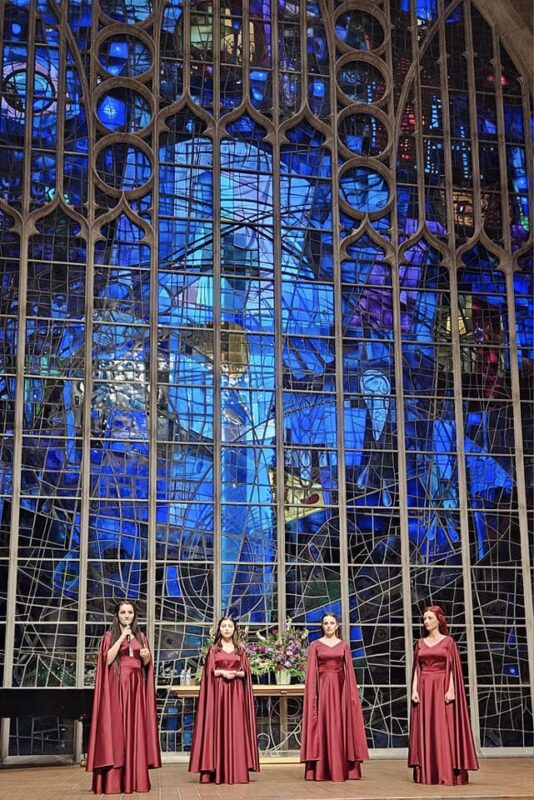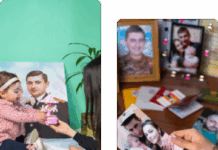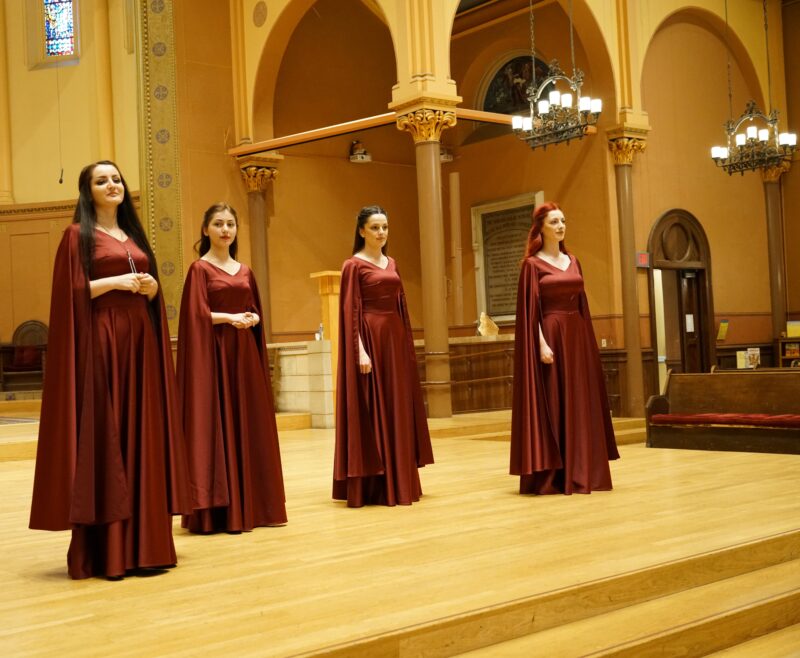WATERTOWN — There are a fair number of Armenian soloists and ensembles who come to the United States on tour, but the all-women Nairyan Vocal Ensemble is distinguished from them by two characteristics: its primarily a cappella performances are accompanied by sign language and it works for social justice. The group toured the Eastern US and even the Mid-West in April and May of 2023 and gave eight concerts, including several in the Boston area, Philadelphia, Providence, Washington, DC, New York, and Chicago.
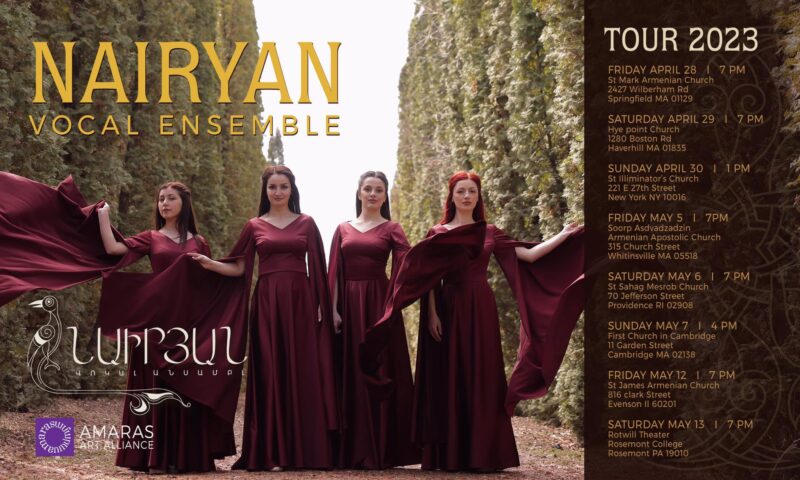
Sign Language
The group was founded in 2015 through the Mughdusyan Art Center with five professionally trained young women and began using sign language in 2018. Yelena Azaryan, one of the singers, said that the Art Center was attended by deaf students, among others. When the center planned an exhibition of the works of students and non-students, which was to be accompanied by a concert, it became clear that children with hearing disabilities did not understand anything about the concert. She said, “So that the children could at least understand something concerning what the songs were about, and be involved in some way in the process, we invited an interpreter, who interpreted throughout the concert. Seeing what a beautiful language it is, how dance-like and visual it is, we decided to start to do it ourselves.”
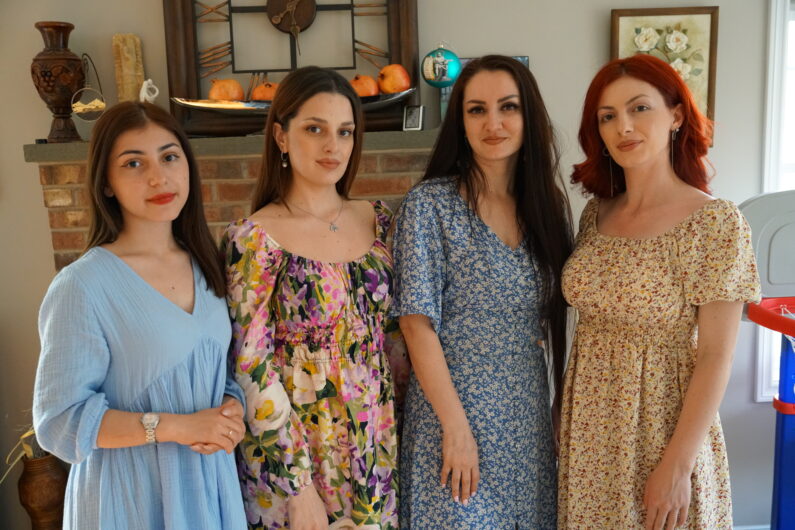
She said that it took months and years to master the language and integrate it into their performances, and observed, “That is how our difficulties began, because not being familiar with that language, we could not imagine what difficulties we would have to confront.”
The broader musical community at first had difficulty in accepting what the Nairyan Vocal Ensemble was doing. Naira Mughdusyan, musical director of the group, said, “When we began to sing with sign language, many, especially senior musicians, would exclaim, ‘What are you doing? What kind of dance are you dancing?’ Gradually they became reconciled with it.”
Another singer, Anna Minasyan, stated: “We have translated approximately 30-40 songs. We cannot fully speak. Naira is the only one who speaks sign language a little in our group. We only sing in sign language.”
